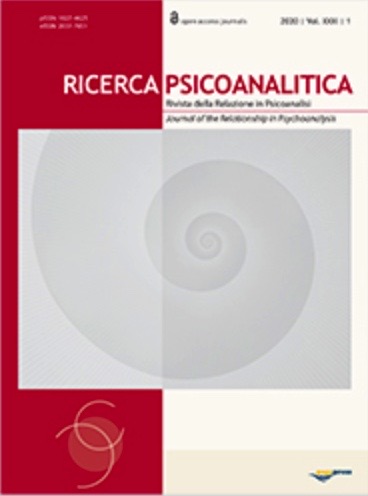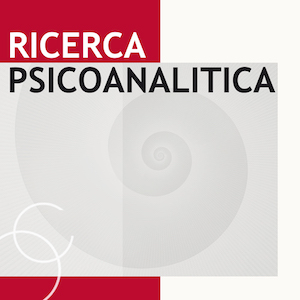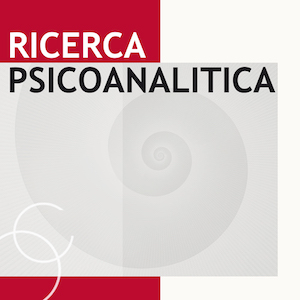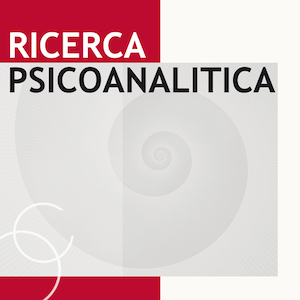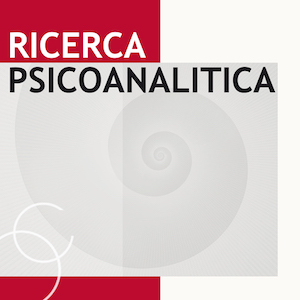Italian Psychopathology in the Perinatal Period: Beyond Postpartum Depression
All claims expressed in this article are solely those of the authors and do not necessarily represent those of their affiliated organizations, or those of the publisher, the editors and the reviewers. Any product that may be evaluated in this article or claim that may be made by its manufacturer is not guaranteed or endorsed by the publisher.
Accepted: 13 December 2020
Authors
Having a child has always been perceived as something natural, something simply written in the journey of the life of any couple. However, natural is not a synonym for easy, nor ordinary, and the diverse possible medical and psychological complications are proof that bearing children is actually quite an extraordinary event. Similar to other life events, the birth of a child can be an experience that is accompanied by suffering, that does not always find the right support or adequate clinical answers. In the perinatal period serious psychopathology can exist and can be of varying degrees of severity. In the complexity of becoming a parent and within this we can find useful tools for the comprehension of psychopathology. Having a respectful outlook about these complexities means understanding signs and symptoms of distress that can be of differing intensity. As clinicians we must open ourselves up to the deeper meanings of suffering and be able to respond to medical and psychiatric priority needs. It is an ethical burden for anyone who approaches perinatal psychology to have the adequate knowledge to do so. Clinical and research attention of the perinatal period has in time focused almost exclusively on the mother"s postpartum depression, creating an algorithm that has consolidated itself in time: perinatal psychopathology = postpartum depression, but this is reductionist and misleading. The objective of this article is to explore this paradigm and highlight the ordinary and extraordinary complexity that is inherent to "becoming parents".
How to Cite
PAGEPress has chosen to apply the Creative Commons Attribution NonCommercial 4.0 International License (CC BY-NC 4.0) to all manuscripts to be published.

